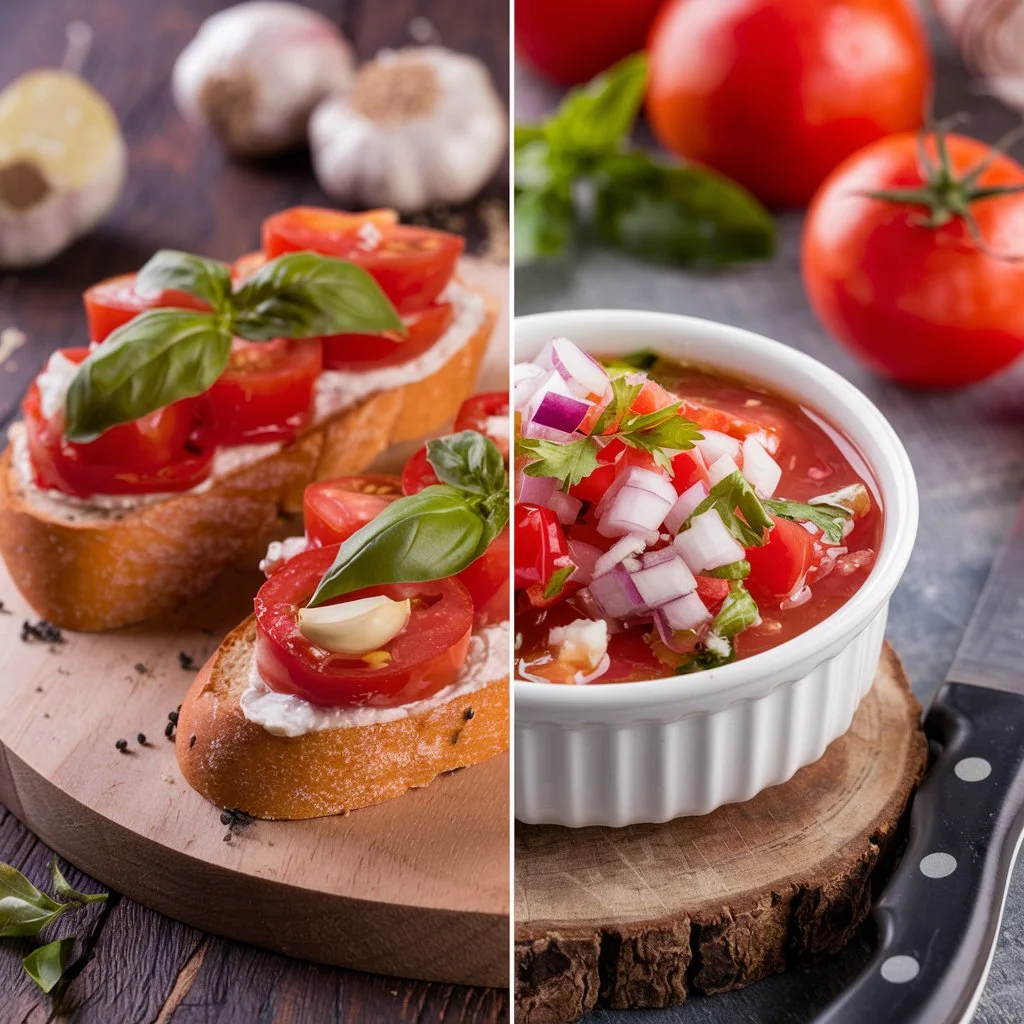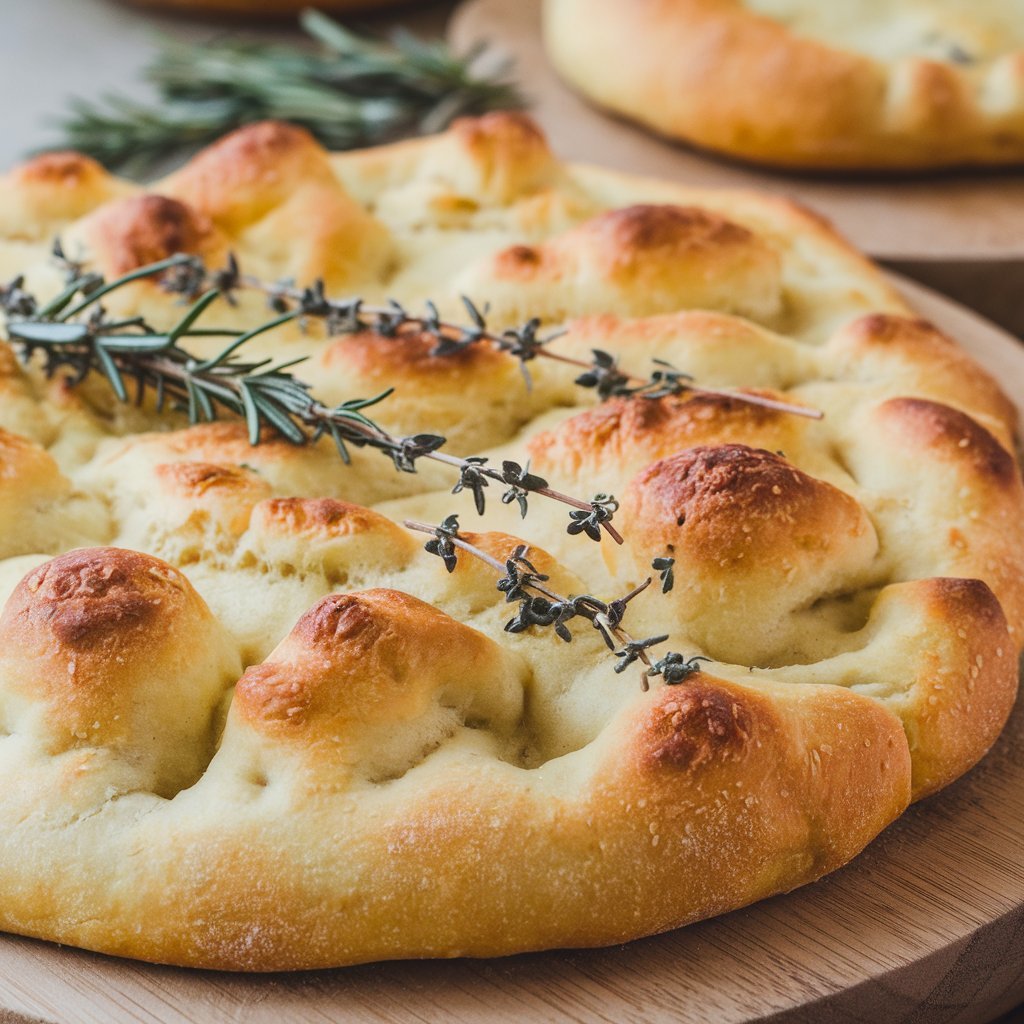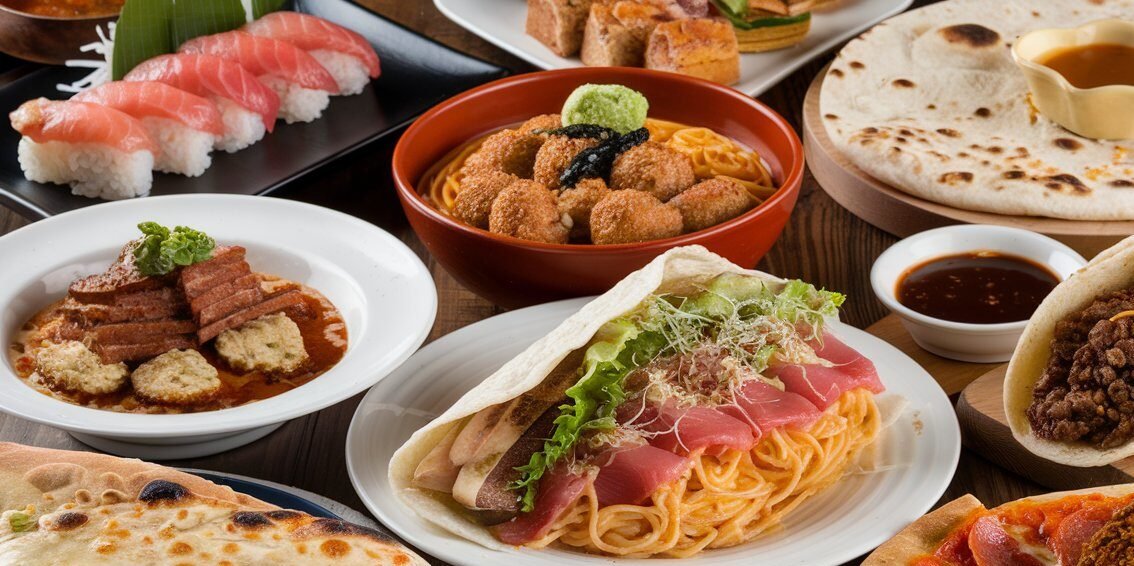When it comes to appetizers or snack options, bruschetta and salsa are two popular choices that often find their way to our tables. Both dishes offer fresh flavors and can be part of a healthy diet, but if you’ve ever wondered which one is healthier, you’re not alone! Let’s dive into the ingredients, nutritional profiles, and overall health benefits of bruschetta and salsa to determine which is the better choice for your next gathering or snack time.
What is Bruschetta?
Bruschetta originated in Italy and is primarily made from grilled bread topped with a mixture of diced tomatoes, garlic, basil, olive oil, salt, and pepper. It’s typically served as an appetizer and showcases the freshness of its ingredients. The classic version features juicy tomatoes combined with aromatic herbs, offering a burst of flavor in every bite.

Basic Ingredients of Bruschetta:
- Bread: Traditionally, a rustic Italian loaf is used, but whole grain or gluten-free options can also be substituted for a healthier choice.
- Tomatoes: Fresh, ripe tomatoes provide essential vitamins and antioxidants.
- Garlic: Adds flavor and has health benefits, including potential immune support.
- Basil: A fragrant herb rich in vitamins A, K, and antioxidants.
- Olive Oil: A source of healthy fats and has anti-inflammatory properties.
Nutritional Profile of Bruschetta (per serving):
- Calories: Approximately 150-200 (depending on the amount of olive oil and bread)
- Fat: 7-10g (primarily healthy fats from olive oil)
- Carbohydrates: 20-25g
- Protein: 2-4g
- Fiber: 1-3g
What is Salsa?
Salsa, in contrast, originates from Latin American cuisine. It typically consists of tomatoes, onions, chili peppers, and various herbs and spices. Salsa can be served as a dip for chips or as a condiment for a variety of dishes. There are many variations of salsa, including salsa verde (made with tomatillos) and fruit salsas, but the base ingredients remain relatively consistent.

Basic Ingredients of Salsa:
- Tomatoes: A primary ingredient providing freshness and flavor.
- Onions: Adds crunch and depth to the salsa.
- Chili Peppers: Offers heat and can vary in intensity.
- Herbs and Spices: Cilantro, lime juice, and garlic are common additions.
- Vinegar or Lime Juice: Provides acidity to balance the flavors.
Nutritional Profile of Salsa (per serving):
- Calories: Approximately 30-50
- Fat: 0-1g (mostly negligible)
- Carbohydrates: 8-10g
- Protein: 1g
- Fiber: 1-2g
Health Benefits of Bruschetta and Salsa
Bruschetta Health Benefits:
- Rich in Antioxidants: The tomatoes in bruschetta are high in lycopene, a powerful antioxidant linked to heart health and reduced cancer risk.
- Healthy Fats: Olive oil is a source of monounsaturated fats, which are advantageous for heart health.
- Vitamins and Minerals: Fresh ingredients contribute vitamins A, C, and K, along with minerals like potassium.
Salsa Health Benefits:
- Low in Calories: Salsa is a low-calorie option, making it a great choice for those watching their weight.
- High in Fiber: Ingredients like tomatoes and onions add dietary fiber, which promotes digestive health.
- Hydration: The high water content in salsa can help keep you hydrated, especially in hot weather.
Comparing the Two: Bruschetta vs. Salsa
1. Caloric Content:
When considering caloric content, salsa takes the lead as the lighter option, making it more suitable for calorie-conscious individuals. Bruschetta can be more calorie-dense due to the bread and olive oil.
2. Nutritional Value:
Both dishes provide nutritional benefits, but bruschetta offers healthy fats from olive oil, while salsa is lower in calories and fat. If you’re looking for a nutrient boost, bruschetta’s antioxidants may appeal to you.
3. Versatility:
Both bruschetta and salsa can be used in various ways. Bruschetta can be a starter, while salsa serves well as a dip or a topping for meats and tacos. This versatility makes both options popular in different cuisines.
4. Dietary Considerations:
For gluten-free diets, salsa is the better choice, as bruschetta typically contains bread. However, you can easily make a gluten-free bruschetta by using alternative bread options.
Which One Should You Choose?
Ultimately, the choice between bruschetta and salsa depends on your dietary goals and personal preferences. If you’re seeking a lower-calorie, more hydrating option, salsa is your go-to. On the other hand, if you want a more filling appetizer rich in healthy fats, bruschetta may be the better option.
Tips for Making Healthier Versions:
- For Bruschetta: Use whole grain or gluten-free bread and limit the amount of olive oil to reduce calories.
- For Salsa: Add more vegetables like corn or bell peppers for added nutrition and flavor.
Conclusion
Bruschetta and salsa both bring unique flavors and health benefits to the table. Whether you enjoy the rich, hearty nature of bruschetta or the fresh, zesty taste of salsa, both options can fit into a balanced diet. Experimenting with these dishes in your cooking can open up a world of flavor while keeping your health in check. So, next time you’re at a gathering or preparing a snack, consider the nutritional benefits of bruschetta and salsa, and make an informed choice!




